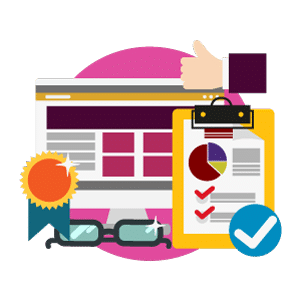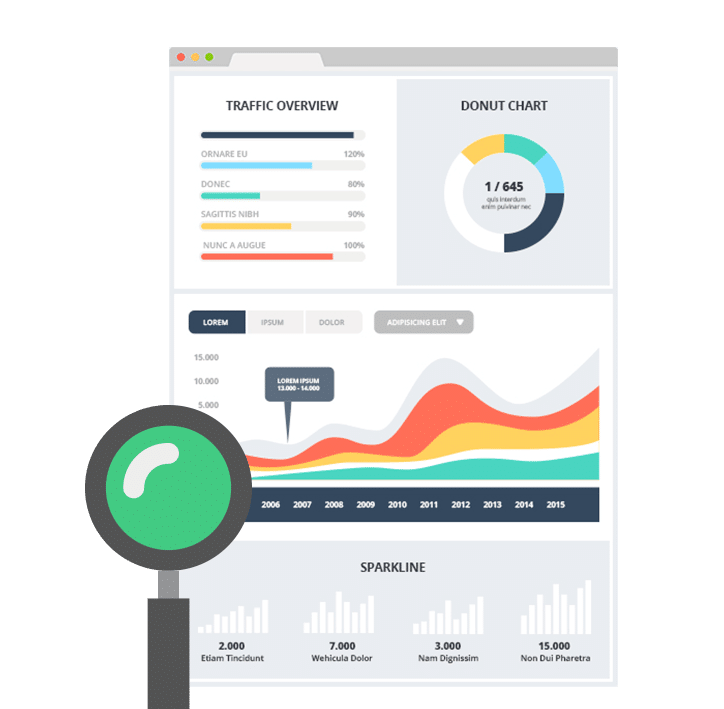Experiential promotions in the digital world usually involve digital signage and mobile as brands seek to create a ‘wow’ experience to transform a lobby, store, waiting area, briefing center, trade show booth, demo room and other public and private spaces into buzzworthy engagement.
Of course, this is all planned in advance with specific goals in mind, since an experiential program could be limited to an event that is temporary or it can be a permanent installation. Depending on the audience and the outcome desired with that audience, this should guide what the experience could entail. For instance, just about any type of display canvas ranging from TVs and computer displays to projectors, video walls, media floors or literally the physical walls, ceilings, and floors can be transformed into a unique media experience that can also be interactive or immersive to produce that memorable expression of their brand.
An experiential immersive project could be a combination of the digital and physical world in unison, such as transforming a bar to look like a rail car with TVs molded into windows, showing rolling hills and countryside shuttling by like being a passenger on a train, which is really pre-recorded videos to enhance the physical fixtures. The effect could be pushed further by having the wait staff dressed like porters and conductors creating a fully branded environment.
As noted, to bring those ideas to life requires planning. Typically a Phase 1 engagement is the first step to present concepts as part of the Discovery Phase that could be a ‘fit’ to the brand and to establish the goals desired. This engagement can also outline the software, servers, displays and other technology used to enable these executions and what is involved to produce the creative, which could be a combination of stock content, original production and acquisition, motion graphics, VFX, animation and other media.
In regards to the project process, the more input provided accelerates and energizes the engagement and leads to a more satisfying outcome overall. Therefore, for us to proceed with any experiential project, we need each client to be invested not just financially, but time invested as well, carving out resources and time to keep the project moving forward. Failing to do so, drags out projects needlessly. With that in mind, having a project timeline, defined resources from both parties and checkpoints will help maintain momentum.







